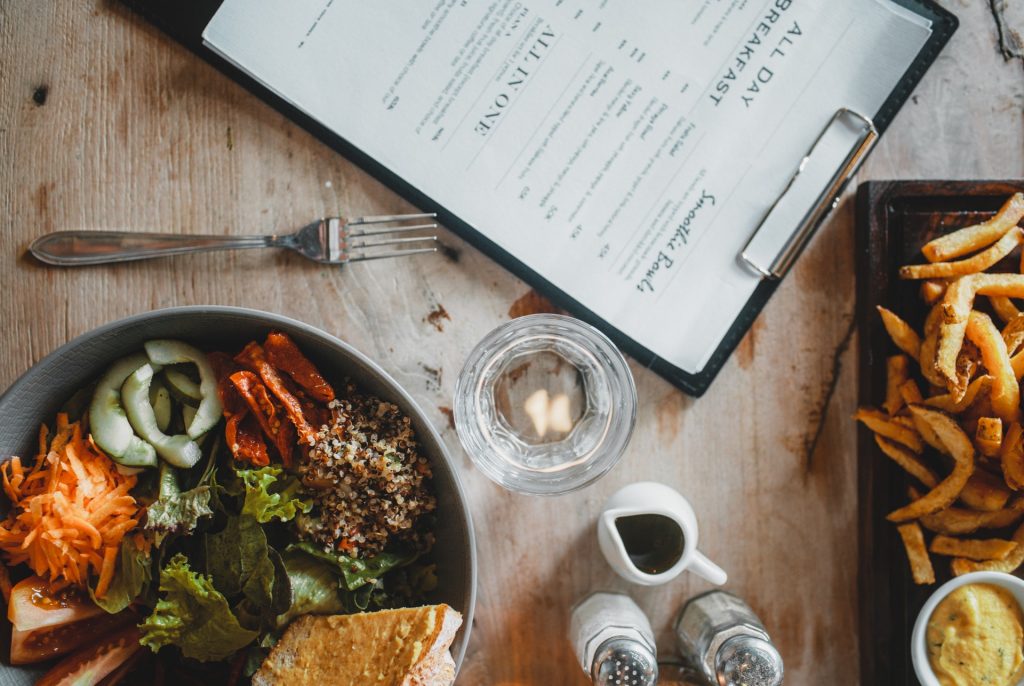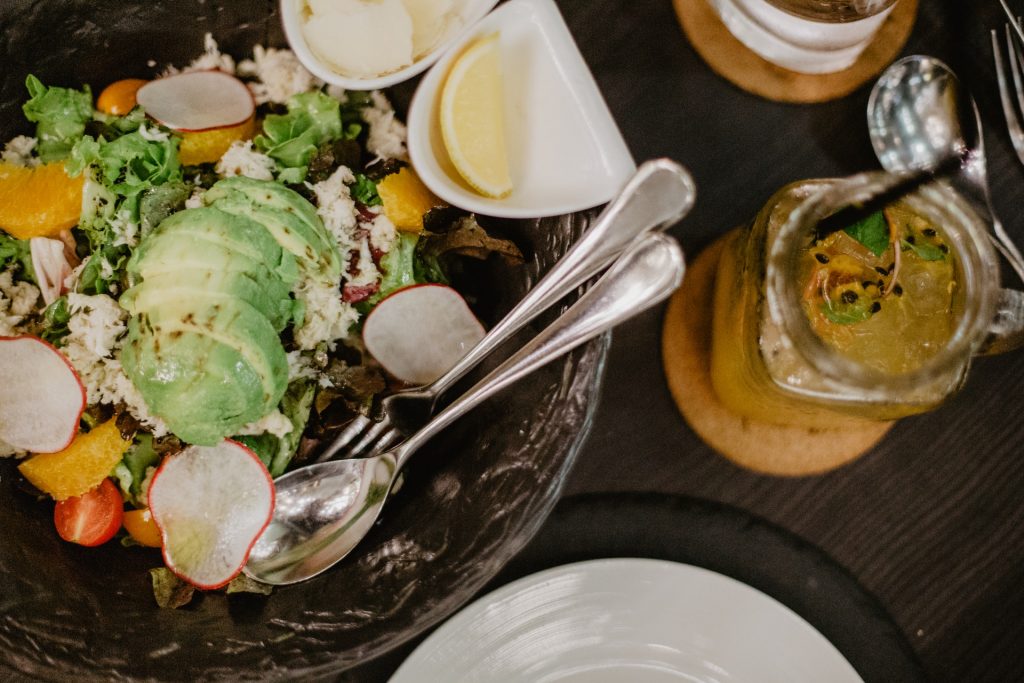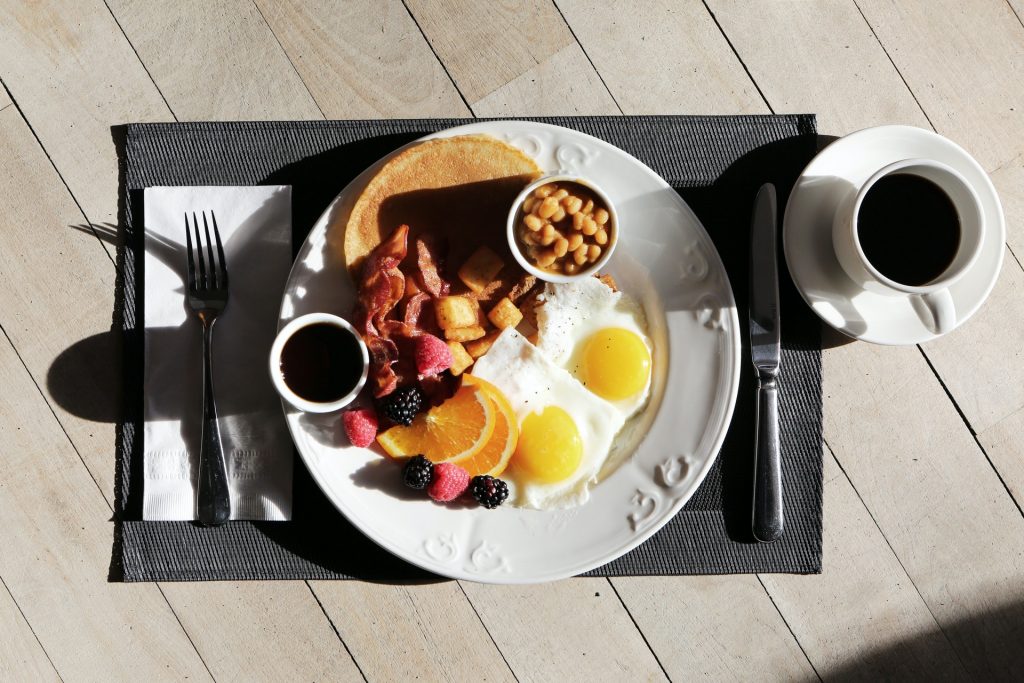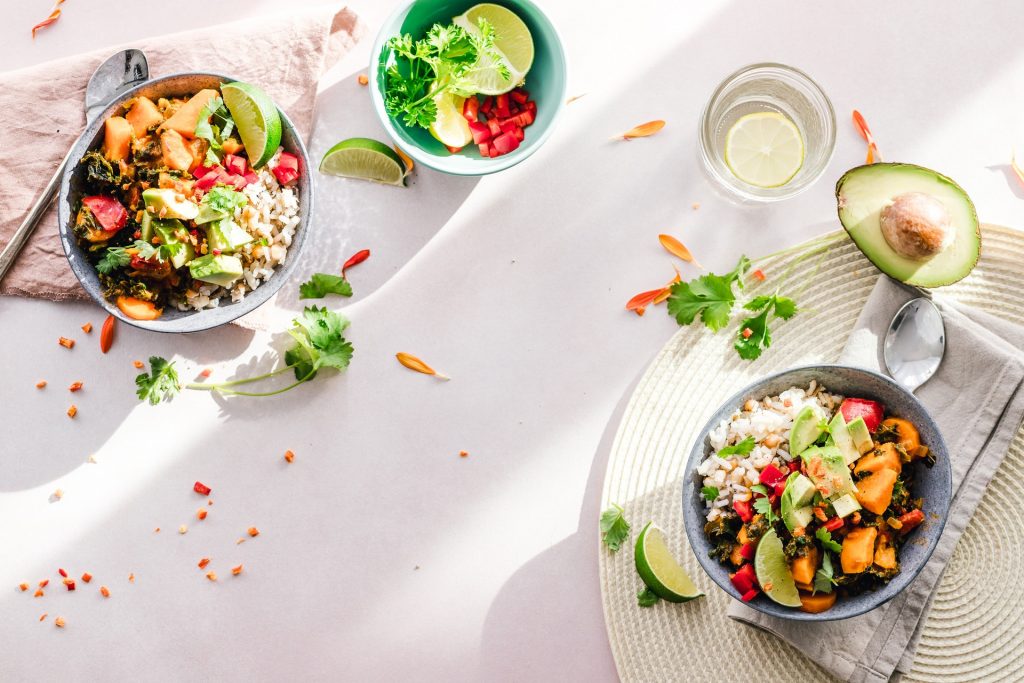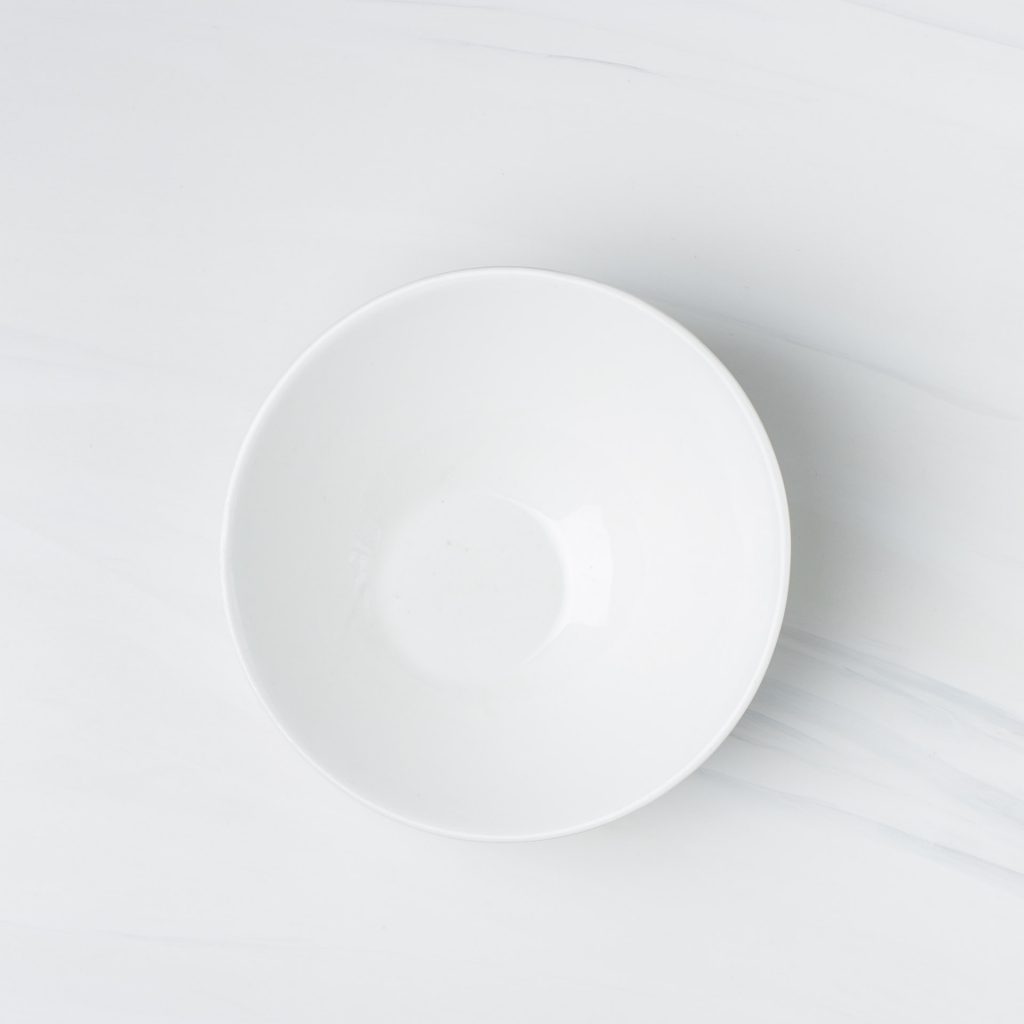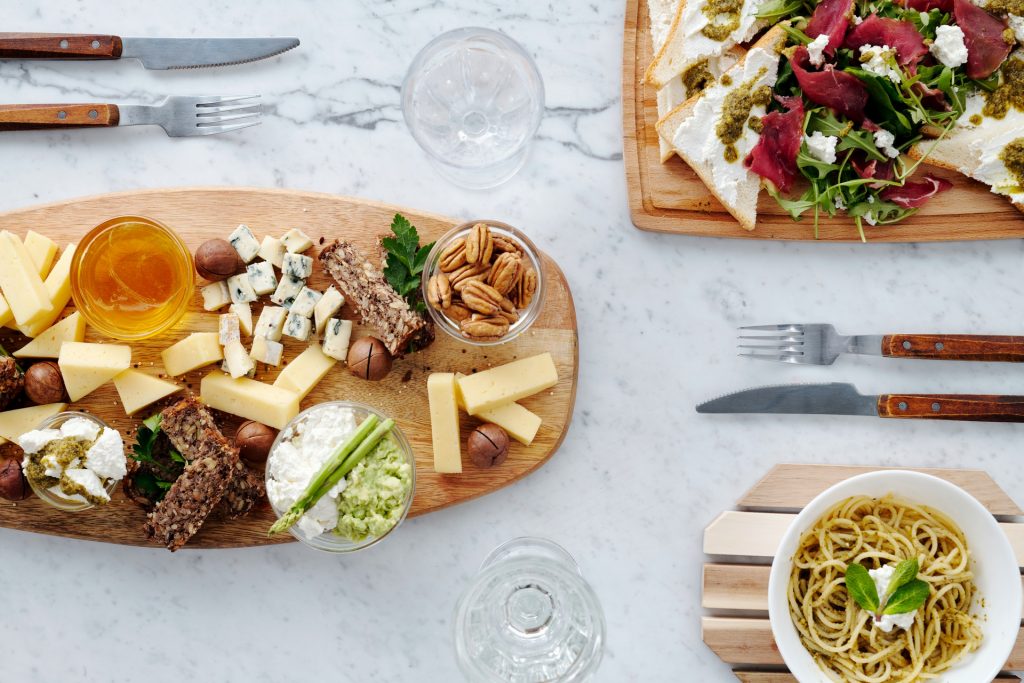
A ketogenic diet is not that hard. Although it can take a lot of work to prepare keto recipes, having keto snacks available when you’re hungry can make a difference between sticking to the diet, and succumbing to temptation. You can’t just walk into a restaurant or stores to grab yourself some snacks, so here we have a list of the best keto recipes for snacks.
Nacho Cheese Chips
Did you know that you can turn a single slice of cheese into a cracker? This keto recipe is a great way to curb your cravings to potato chips.
Ingredients:
- 2 tsp. taco seasoning
- 1 (8-oz.) package sliced cheddar (preferably Sargento)
Instructions:
- Preheat oven to 250 degrees Fahrenheit, then line a large baking sheet and parchment paper.
- Cut each slice of the cheese into nine squares and place in a medium bowl.
- Add taco seasonings then toast to coat.
- Lay the cheese in an even layer making sure the cheese won’t overlap one another on the prepared baking sheet. Bake until crisp and golden brown for 40 minutes. Let it cool for 10 minutes then remove it from the parchment paper.
Keto Ice Cream
This keto-friendly ice cream is creamy, flavorful, and barely sweet. The coconut milk is decadent enough to have that same ice cream taste.
Ingredients:
- Four scallions, roughly chopped
- One 14-ounce can coconut milk
- Red pepper flakes, for serving
- One garlic clove, peeled and smashed
- Zest and juice of 1 lemon
- One cauliflower rice
- 1¼ cups chopped fresh parsley, divided
- Kosher salt and freshly ground black pepper
Instructions:
- Chill coconut milk for at least three hours.
- To make a whipped coconut: place the coconut cream into a large bowl. Use a hand mixer to beat the coconut cream until the consistency is creamy. Set aside.
- To make the whipped cream: In a separate bowl, beat the heavy cream until soft peaks form. Beat in vanilla and sweetener.
- Fold whipped coconut into the whipped cream then transfer the mixture in a loaf pan.
- Freeze for about five hours or until solid.
Keto Cheese Roll-Ups
This keto recipe is fast and very easy to make. It’s impossible to resist this flavorful, but nutritious snack.
Ingredients:
- 8 oz. cheddar cheese or provolone cheese or Edam cheese, in slices
- 2 oz. butter
Instructions:
- Place the cheese on top of the cutting board.
- Slice butter along with cheese or cut thin pieces of it with a knife.
- Cover every cheese slice with butter and roll-up. Serve and enjoy!
Keto French Toast
Keto French Toast is a keto-friendly version of the french toast that we all love.
Ingredients:
- Mug bread
- 2 tbsp almond flour
- One pinch salt
- Two eggs
- 1½ tsp baking powder
- 2 tbsp coconut flour
- 1 tsp butter
- 2 tbsp heavy whipping cream
Batter
- Two eggs
- 2 tbsp butter
- ½ tsp ground cinnamon
- 2 tbsp heavy whipping cream
- One pinch salt
Instructions:
- Put butter in a large mug or glass dish.
- Mix all the dry ingredients in the mug with a spoon or fork. Crack the egg and stir the cream. Combine until smooth, and there are no lumps.
- Microwave in 700watts for around 2 minutes. Check if the bread is done in the middle. If not, microwave for another 30 seconds.
- Let it cool and remove it from the mug. Slice the bread in half.
- In a bowl, whisk together eggs, cream, and cinnamon with a pinch of salt. Pour the bread slices and let it soak. Turn around a few times to make sure the bread absorbs the mixture.
- Fry in butter. Serve and enjoy!
